The Devil’s Marbles
Balancing Time at the Devil’s Marbles
Driving through the heart of the Northern Territory, we found ourselves surrounded by one of Australia’s most surreal landscapes, Karlu Karlu, known to most as the Devil’s Marbles.
Scattered across the desert like a giant’s abandoned playground, these enormous granite boulders balance on one another, glowing red in the sun and fading to soft pink in the shadows.
Over millions of years, weathering has shaped the granite into rounded forms, with some split clean in half, while others teeter as if waiting for the next breeze to send them rolling. It’s a place that feels alive, caught somewhere between geology and myth.
For the Warumungu, Kaytetye, Alyawarra and Warlpiri peoples, this place has held spiritual significance for countless generations. Dreaming stories tell of Karlu Karlu as the eggs of the Rainbow Serpent, and the site remains an important meeting and ceremonial place. Visitors are encouraged to tread lightly and show respect as the marbles are part of a living culture, not just striking scenery.
Arriving near sunset, we watched as the light changed by the second, turning the rocks from pale orange to deep crimson. The stillness of the desert felt amplified here, broken only by the sound of our boots crunching along the sandy paths. Later, as dusk settled, the marbles seemed to absorb the warmth of the day, radiating a slow, fading heat into the cooling air.
The next morning, we returned for sunrise. The low light brought out new textures such as ripples in the rock, fine patterns in the granite, and delicate shadows that shifted with the rising sun.
Wandering through the formations, it was impossible not to feel connected to something older and larger than ourselves. Whether you come for the geology, the cultural heritage, or the breathtaking views, the Devil’s Marbles are an Outback experience we’ll never forget.
Exploring the unbeaten paths of Australia, one adventure at a time! 🌿 Follow along as we uncover hidden gems, tackle rugged terrains, and embrace the thrill of exploring offbeat destinations. 🚙💨
Devil’s Marbles (Karlu Karlu)
The Karlu Karlu Conservation Reserve is located approximately 100 kilometres south of Tennant Creek in the Northern Territory, along the Stuart Highway. The reserve protects one of the Territory’s most recognisable natural landmarks; huge, rounded granite boulders scattered across a vast, open plain.
Formed over 1.7 billion years ago, the rocks began as a single mass of granite buried beneath sandstone. Over time, water and wind eroded the upper layers, causing the granite to fracture and round off into the formations seen today.
The site is jointly managed by the Warumungu, Kaytetye, Alyawarra, and Warlpiri Traditional Owners, as well as the Northern Territory Parks and Wildlife Commission, ensuring the area’s cultural and environmental values are protected.
How to Get There
The Devil’s Marbles are located about 400 kilometres north of Alice Springs and 100 kilometres south of Tennant Creek along the Stuart Highway (A87).
The turnoff to the main carpark and campground is clearly signed, with sealed access suitable for caravans and motorhomes. There’s a small campground within the reserve, offering toilets, picnic shelters, and stunning sunset views, although it fills up quickly in peak season. We camped at the Devil’s Marbles Hotel as we were travelling with our dog, Zoe.
What to See, Tours and Activities
What we did:
Sunset and Sunrise Lookouts – The light at both ends of the day is exceptional; sunset brings the fiery reds, sunrise the gentle pinks and purples.
Cultural Interpretive Trail – Short, easy walks with panels explaining the site’s significance to Traditional Owners.
Photography Opportunities – The marbles’ shapes and balance points make for striking compositions in every direction. Please observe the traditonal owners requests and don’t photograph sacred areas.
Other highlights you might explore:
Tennant Creek Telegraph Station – Just north along the highway, offering insight into the region’s early European history.
When to Visit
The best time to visit is during the cooler months from April to September, when days are mild and the light is ideal for photography.
Summer can be extremely hot, with temperatures above 40°C and strong sun exposure. If travelling through then, plan early morning or late evening visits and carry plenty of water.
Final Thoughts
Karlu Karlu stops you mid-journey. It’s otherworldly yet deeply grounded. A site for ancient stories, geological wonder, and quiet reflection to overlap.
Standing among the marbles, surrounded by still desert air, you start to sense how time works differently here. The land feels vast, patient and alive, and for a moment, you’re part of it too.
What’s Nearby
Leaving Karlu Karlu, the Stuart Highway stretches ahead through open desert and changing light. A few hours south lies Alice Springs the next stop on our northern run, where red earth meets the MacDonnell Ranges and desert life feels alive with colour.
If you missed the earlier part of this journey, you can backtrack to Snake Creek, where we camped among ghost gums and railway relics before pushing deeper into the Territory. The road between these two places feels like a bridge between worlds — quiet, vast, and endlessly changing with the light.
Fast Facts
Location: Tjoritja / West MacDonnell National Park, Northern Territory
Distance from Alice Springs: 110 km west via Namatjira Drive
Traditional Owners: Western Arrernte people
Access: Sealed road, suitable for all vehicles and motorhomes
Facilities: Car park, picnic area, toilets
Dog Friendly: Not permitted within the conservation reserve or campground
Walking Track: 300 m return, easy grade
Best Time to Visit: April to September for cooler days and softer light
Things That Could Kill You (Probably Won’t)
The Sun: Brutal by noon. There’s no shade and no mercy.
Snakes: They like the same warm rocks you do.
Gravity: Those marbles don’t actually roll — but they sure look like they could.
We’re following the Stuart Highway south through the heart of the Territory. From Karlu Karlu’s ancient rocks to the ranges of Alice Springs. Join our newsletter for upcoming stories, photos, and road updates from the journey. Subscribe here.








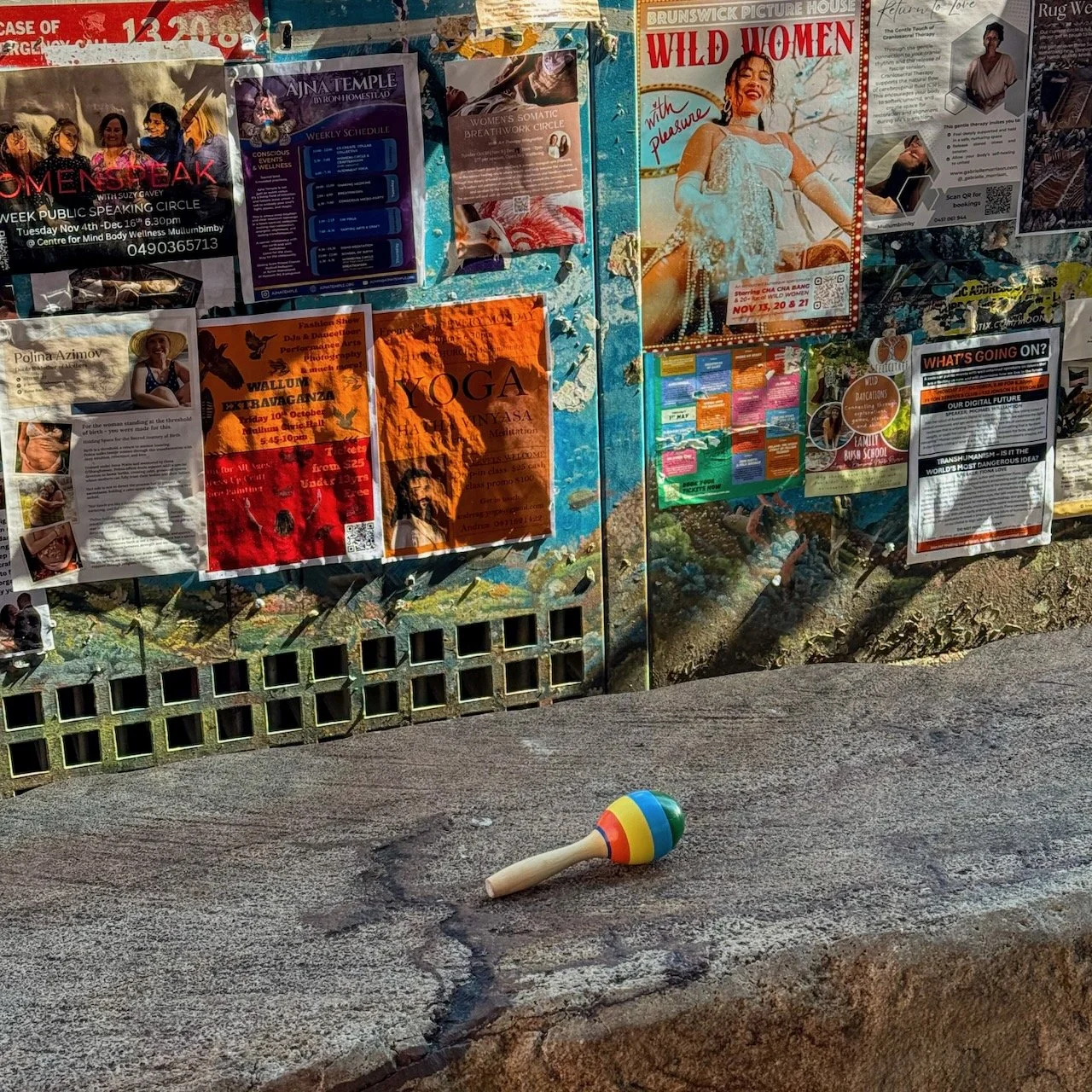

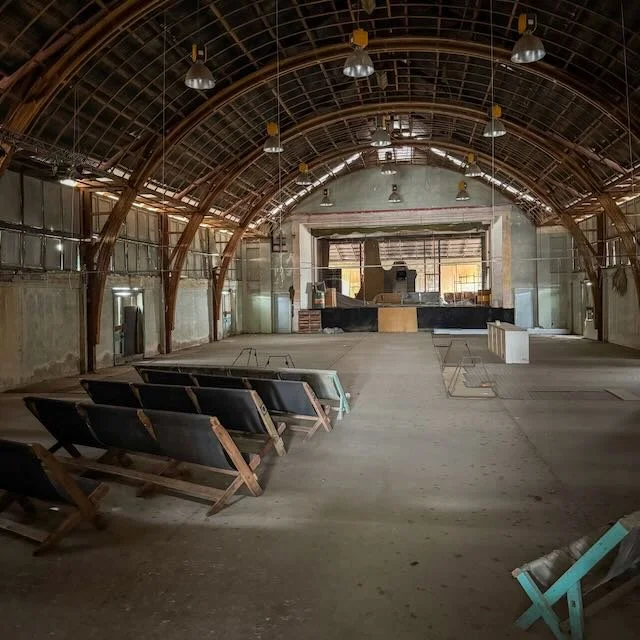


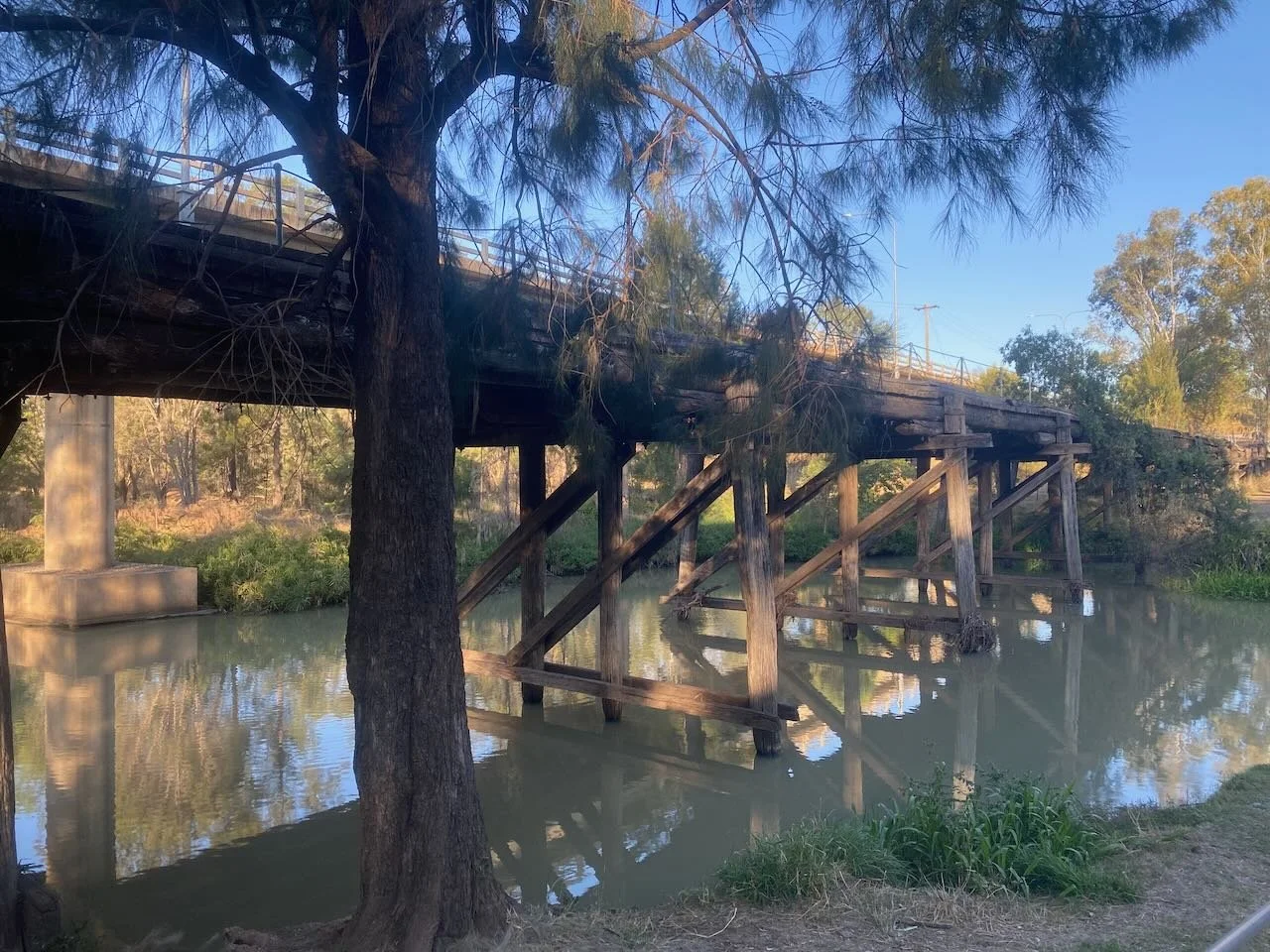
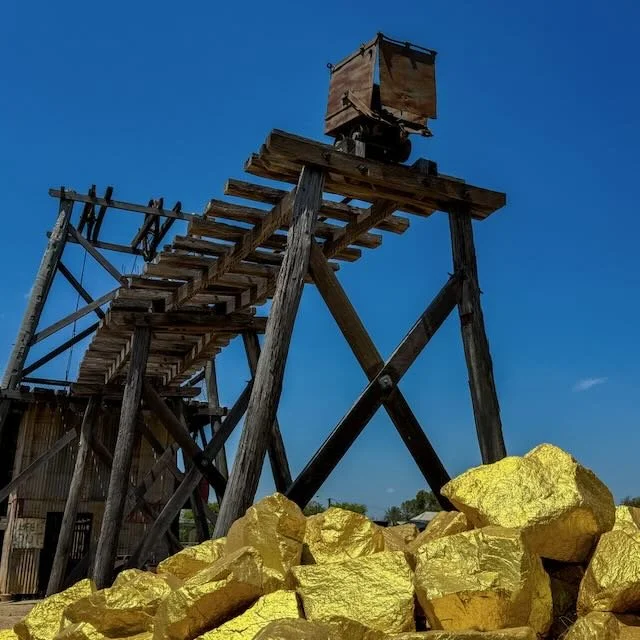








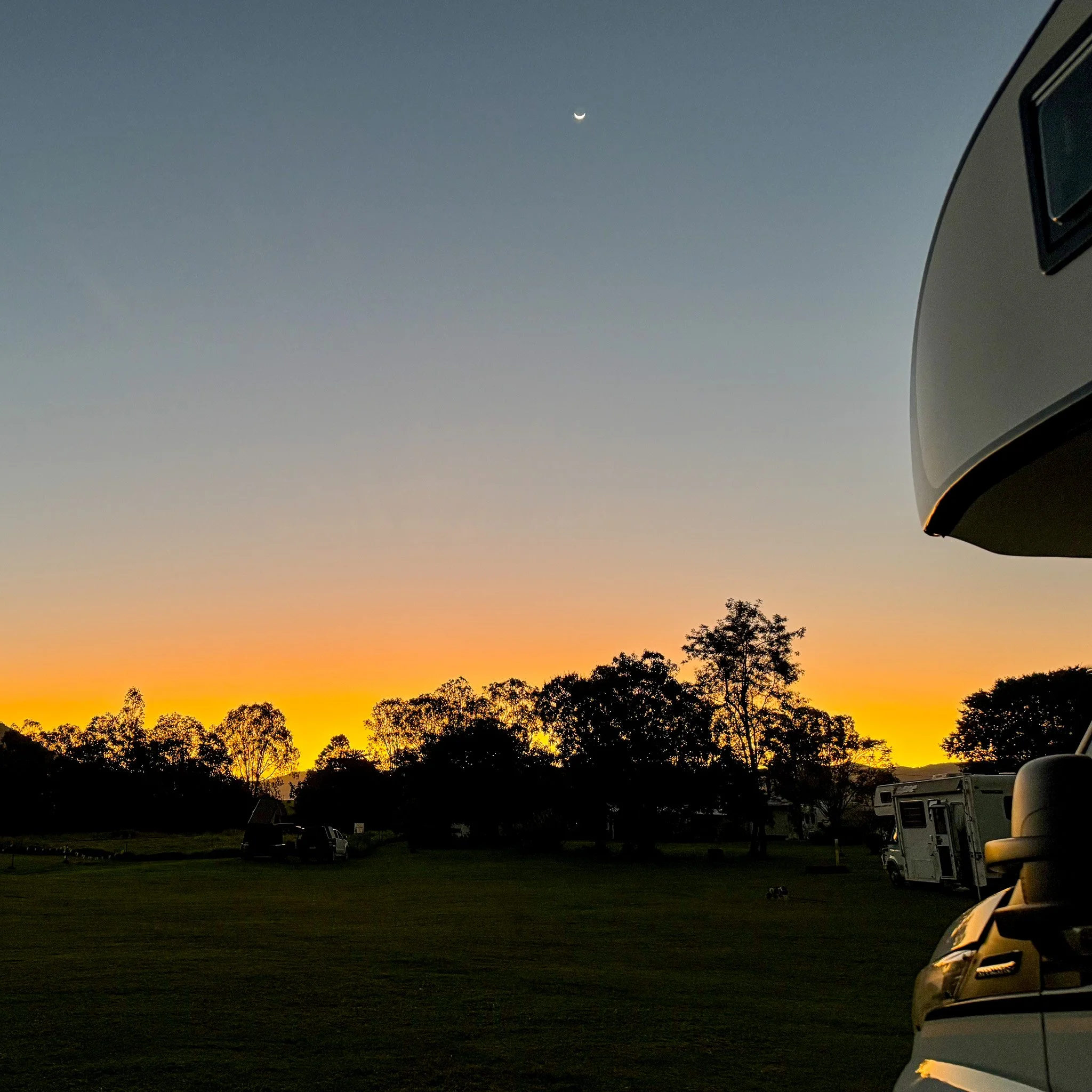

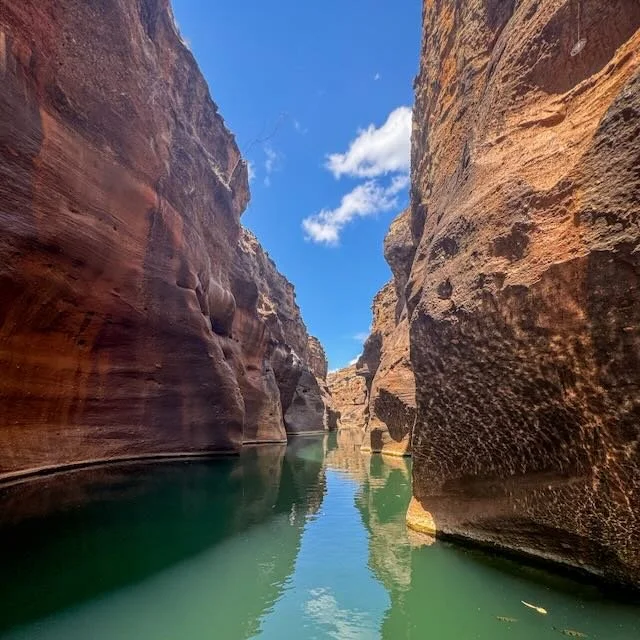

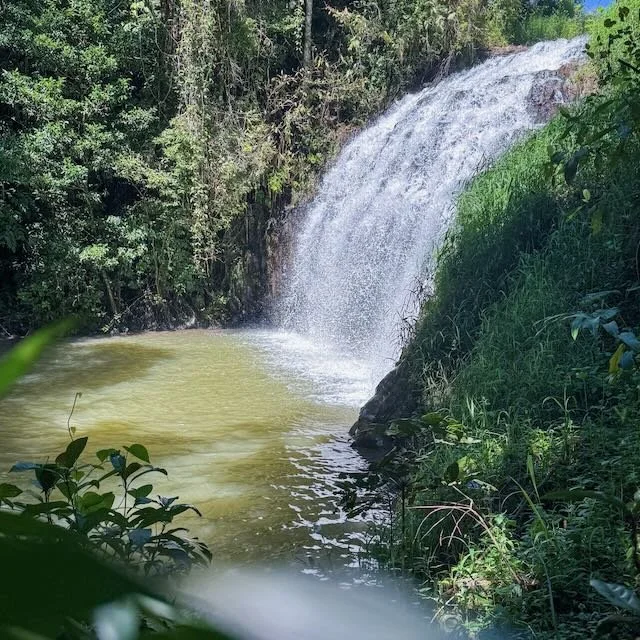
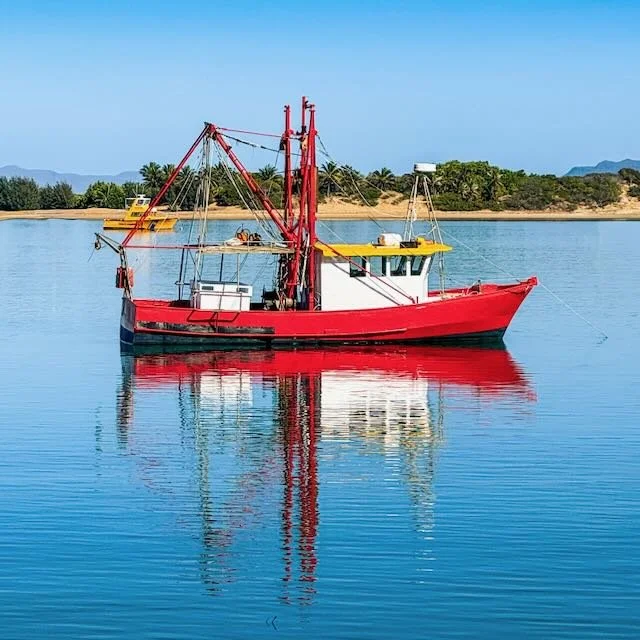
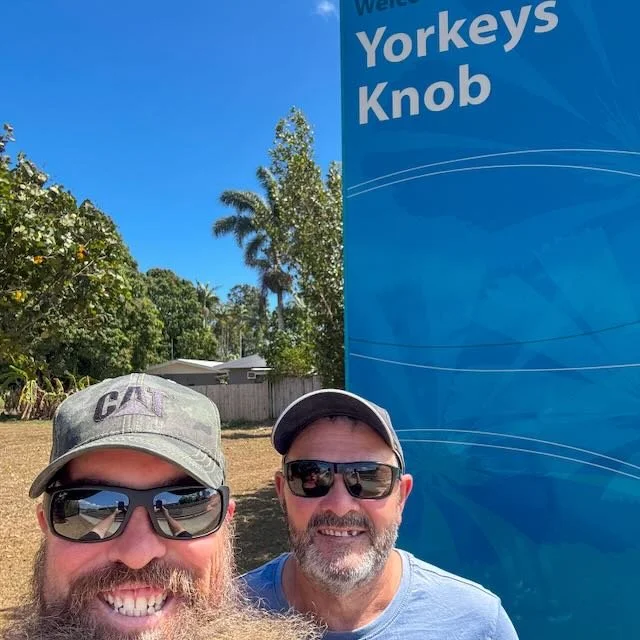
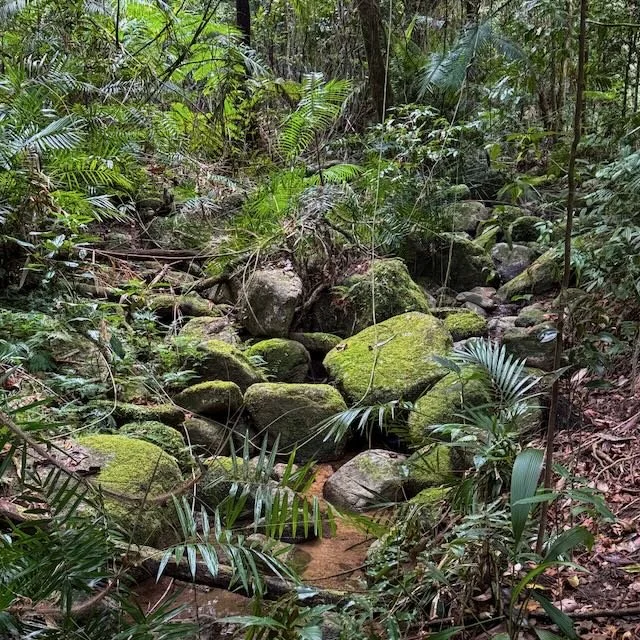
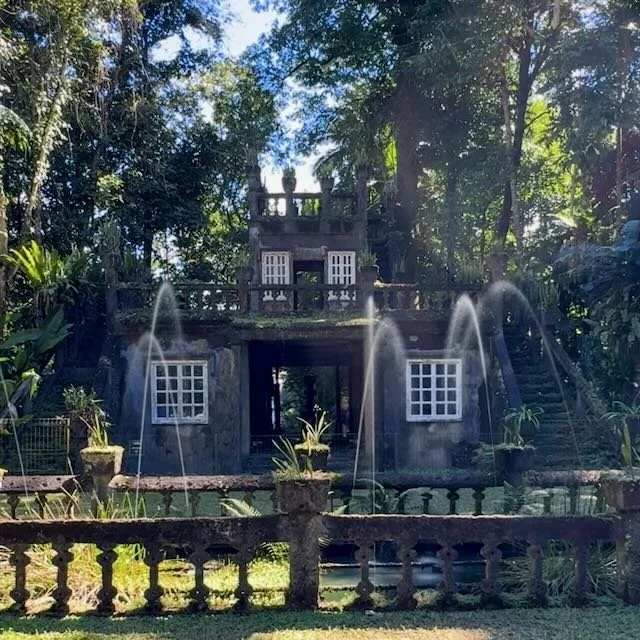


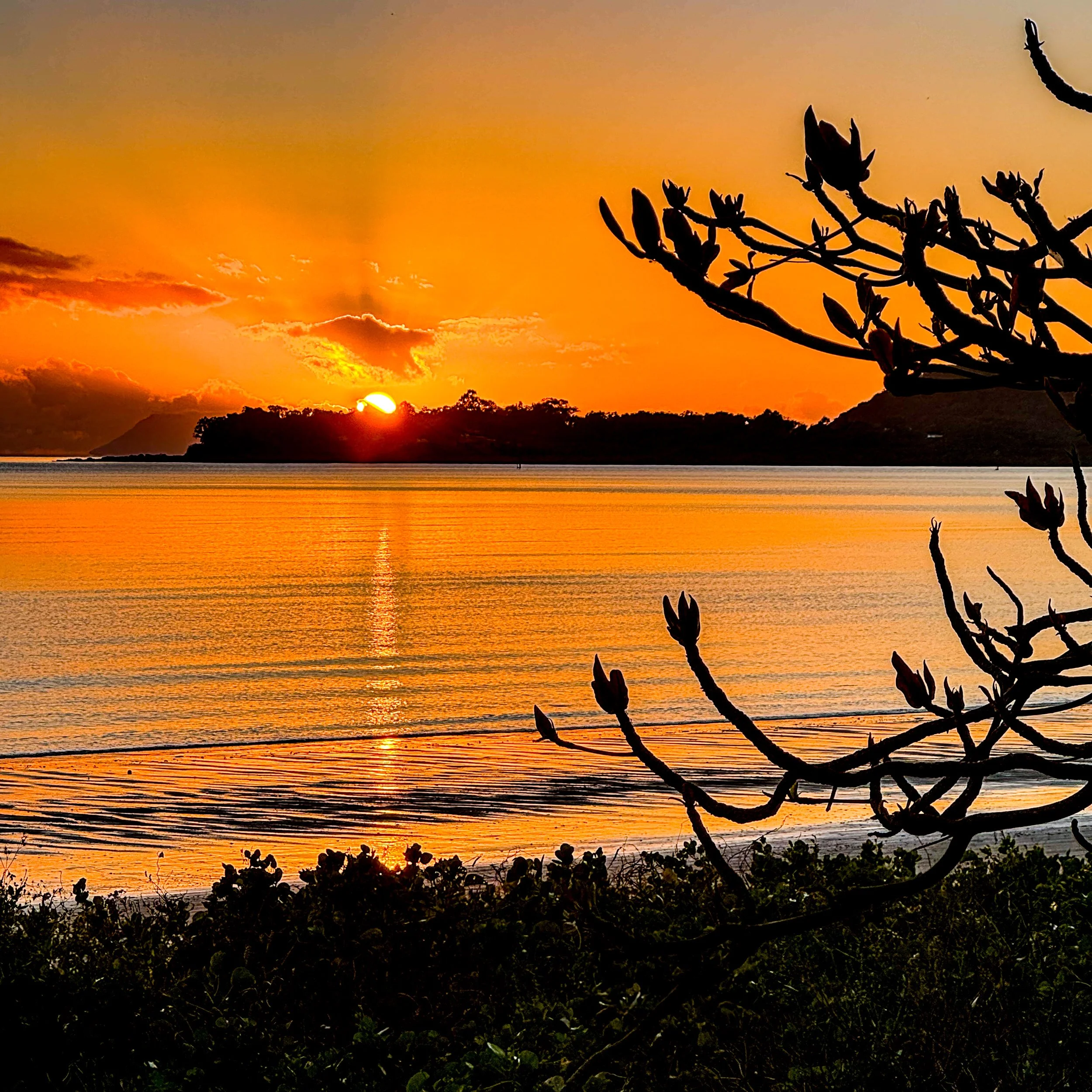
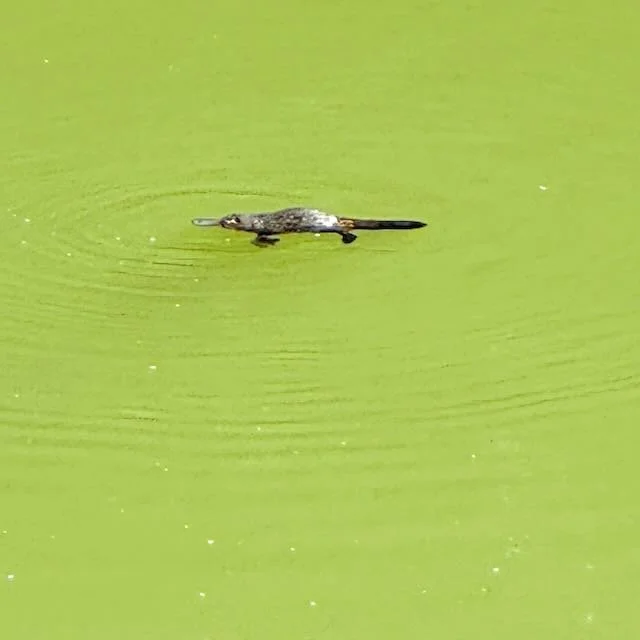

Everyone has a list of towns to avoid. We’ve got one too, except we went anyway. From Alice Springs to Port Augusta, these “tough” towns prove reputation isn’t always reality.